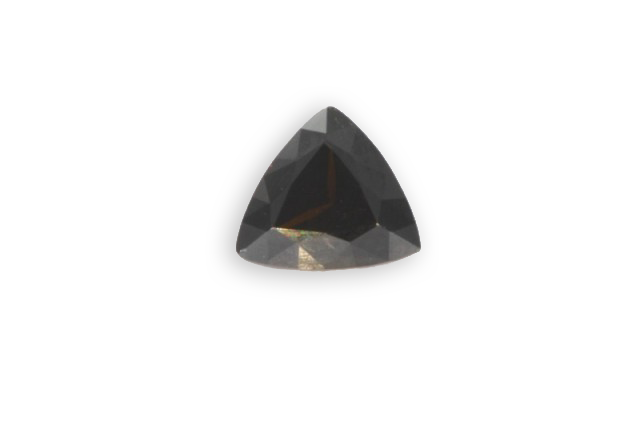
baddeleyite
Its name honors Joseph Baddeley, who identified it in 1892 in some samples coming from Sri Lanka. This is the basic material used to manufacture synthetic zirconium oxide by the method of autocreuset to 2750 ° C.
Je vous emmène à travers mes vidéos découvrir mon expérience acquise depuis plus de 30 ans a silloner le globe entier à la recherche de pierres précieuses, de rencontre mémorables mais aussi de difficulté parfois …

Its name honors Joseph Baddeley, who identified it in 1892 in some samples coming from Sri Lanka. This is the basic material used to manufacture synthetic zirconium oxide by the method of autocreuset to 2750 ° C.
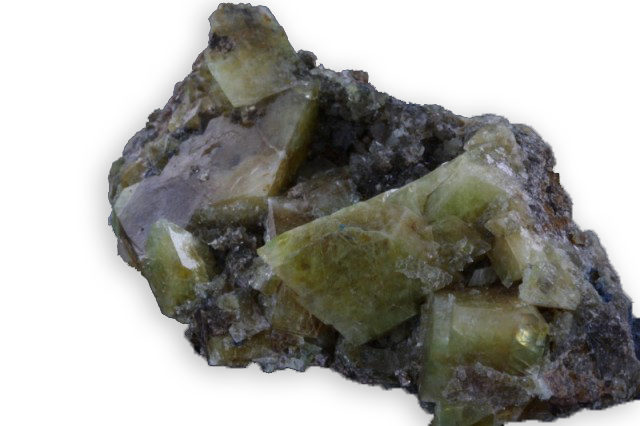
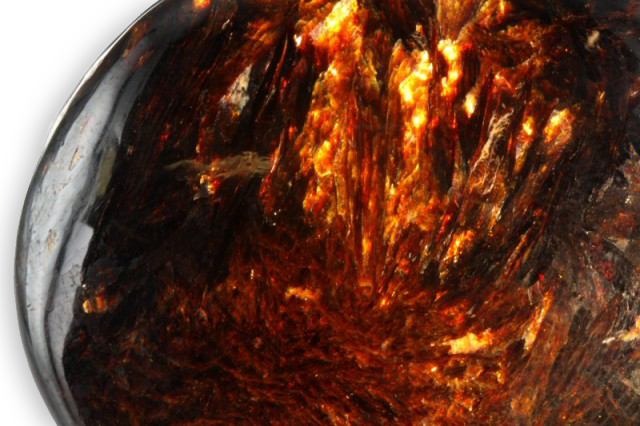
Discovered in 1854, its name comes from the Greek “astron” – star- and “phyllon” – leaf- illustrating the shape of its starry groups of acicular crystals. In gemology, it is known as inclusions in quartz crystals and can be confused with rutile.
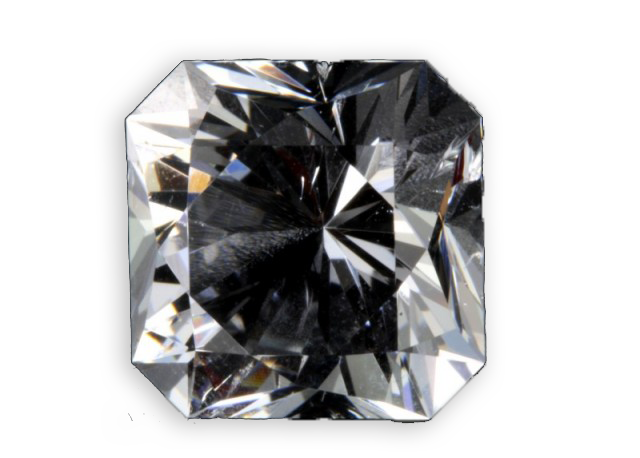
It was identified in 1806 by René Just Haüy, its name comes from the Greek “apophylliso” which means “exfoliates”, “that flakes “ … to heat, friction, acid. There are several varieties according to their chemical composition: rich in sodium, it is the natroapophyllite; rich in
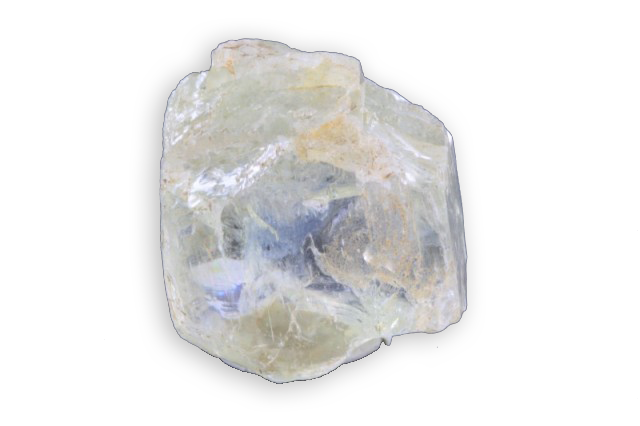
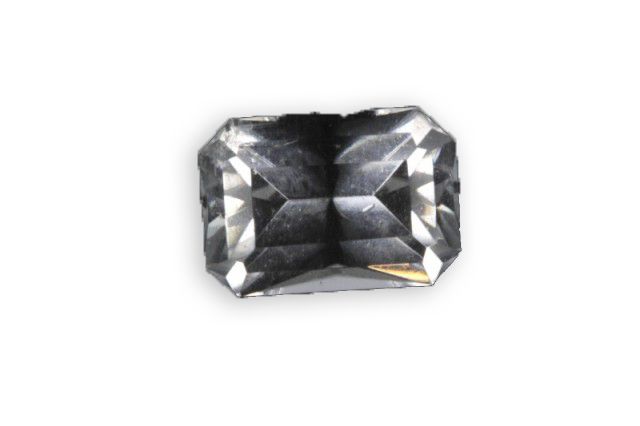
Identified by Werner in 1804, its name comes from the Greek “anhydros” which means without water, as opposed to gypsum, which contains it. A blue variety that comes from Peru is called Angelite. Another variety from Italy (Costa Volpino in Lombardy) is called vulpinite.